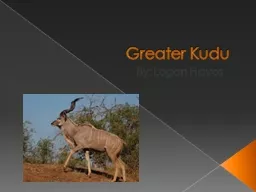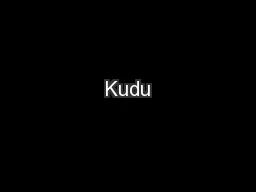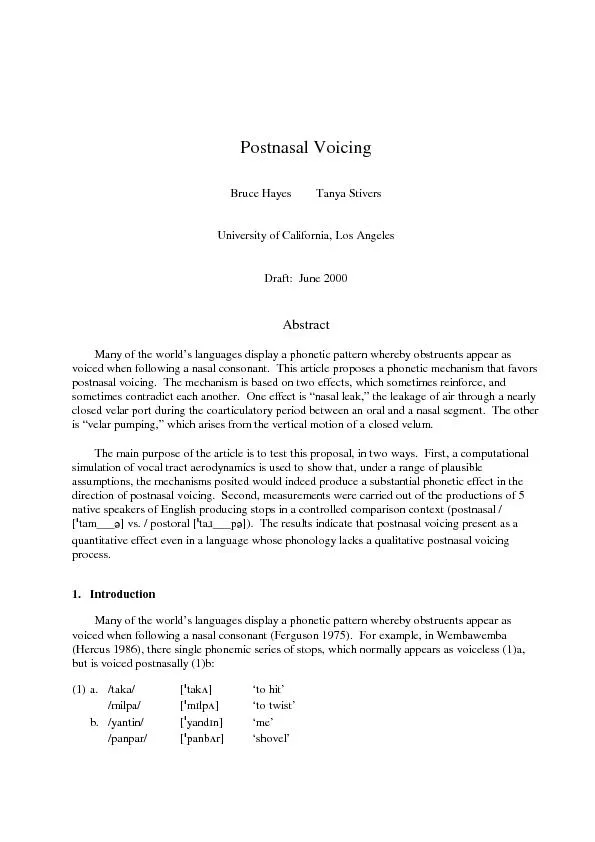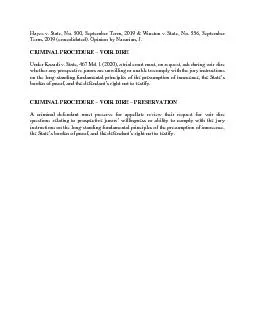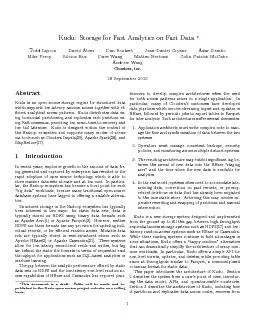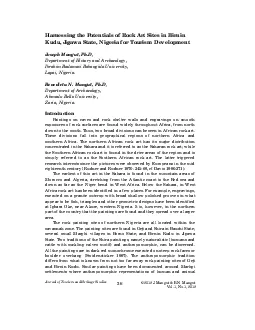PPT-Greater Kudu By: Logan Hayes
Author : chipaudi | Published Date : 2020-06-26
Classification Physical Characteristics Height About 3252 feet tall Length 7382 inches long Weight 565 lbs Brown hair with 612 thin white stripes along its
Presentation Embed Code
Download Presentation
Download Presentation The PPT/PDF document "Greater Kudu By: Logan Hayes" is the property of its rightful owner. Permission is granted to download and print the materials on this website for personal, non-commercial use only, and to display it on your personal computer provided you do not modify the materials and that you retain all copyright notices contained in the materials. By downloading content from our website, you accept the terms of this agreement.
Greater Kudu By: Logan Hayes: Transcript
Download Rules Of Document
"Greater Kudu By: Logan Hayes"The content belongs to its owner. You may download and print it for personal use, without modification, and keep all copyright notices. By downloading, you agree to these terms.
Related Documents

